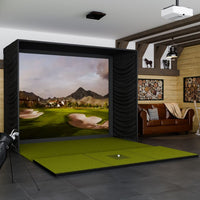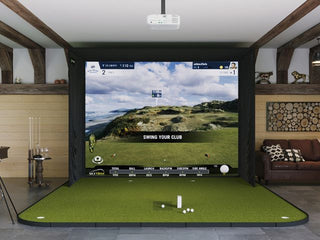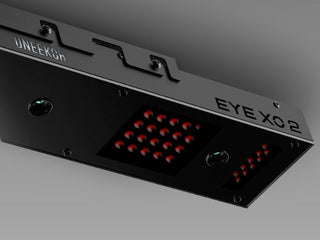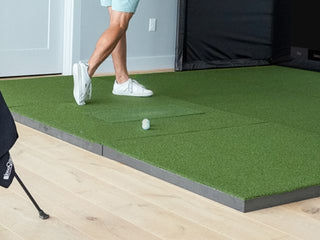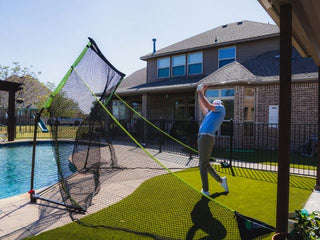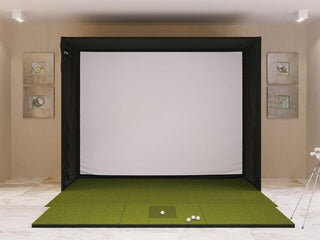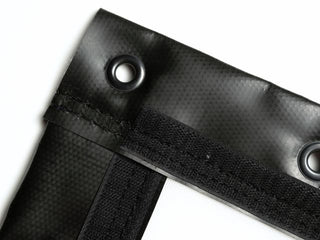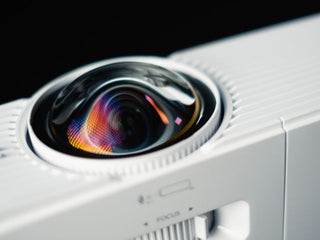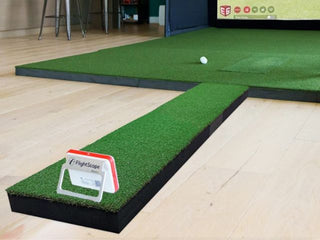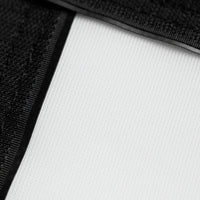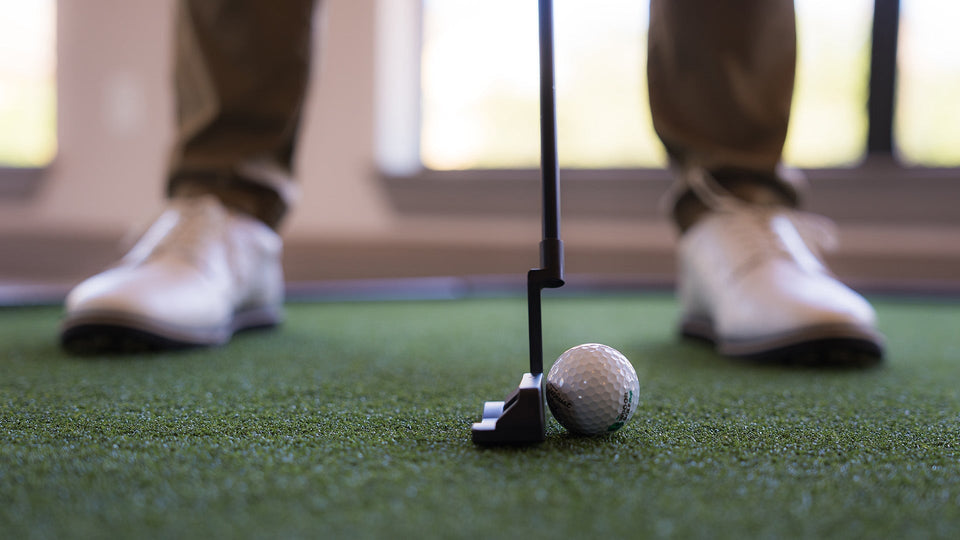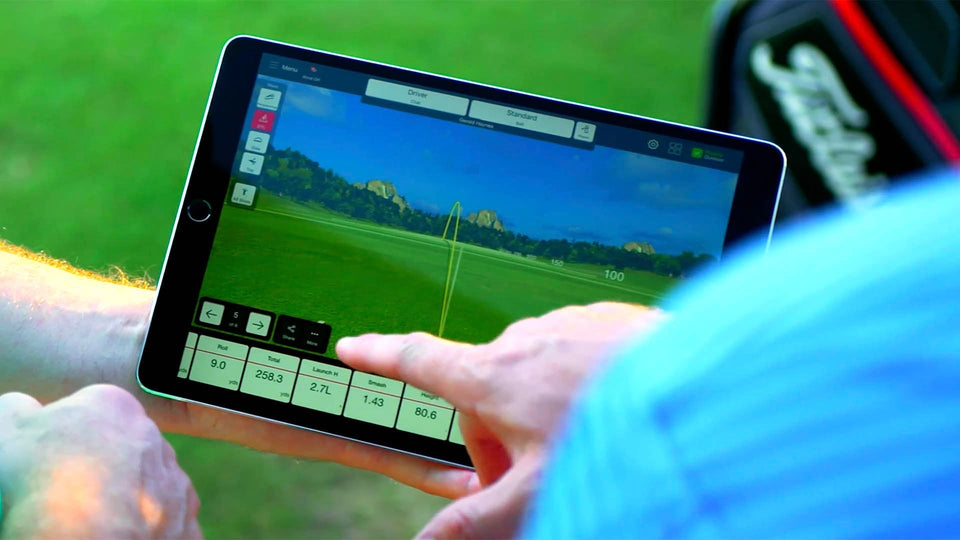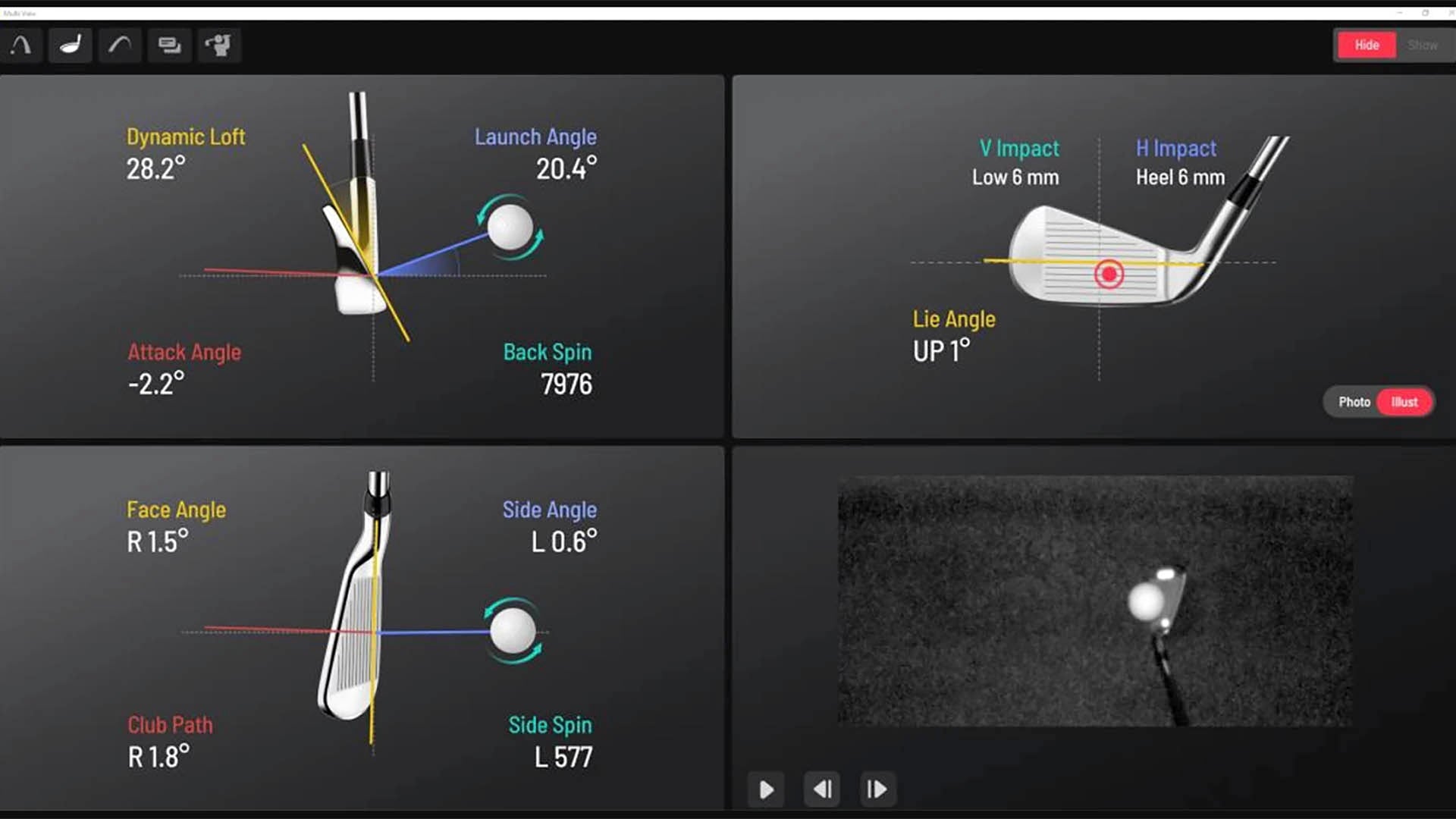
The Path To Scratch: Control The Clubface
One of the many benefits of owning and practicing with a launch monitor is the information that the device gives you about your clubhead at impact - and more importantly, clubface angles. Your swing is different than the next person, so understanding how your own swing produces a certain clubface angle relative to the ball is key to hitting more fairways and greens, and ultimately lowering your scores.
Our friend and owner of Practical Golf, Jon Sherman, writes about clubface control and how he believes it's the most important factor of the golf swing if you want to become a scratch player.
Clubface Control
By Jon Sherman, Practical Golf
When people ask me what it took to become a scratch golfer, my answer is usually the same. I learned to control the clubface. Let me explain why face control is THE skill all golfers need to lower their scores.
Here's what you'll learn by reading this:
1. What is face angle
2. How it affects scoring
3. Why it's the "glue" of the swing
4. A solution to the big problem
Let's define face angle first. It is the direction the clubface is pointed at impact relative to the target line:
- Open
- Closed
- Square

Where the clubface points is the primary determinant of where the ball starts.
Open = ball starts more to the right
Closed = ball starts more to the left
(for a right-handed golfer)
Face angle has about a 65% - 80% influence on start direction (swing path also plays a role)
As loft *decreases* face angle gains more influence on the start direction. So, with clubs like longer irons, hybrids, fairway woods, and the driver, it is critical.
A lot of scoring in golf is determined by your left-to-right dispersion. You all know how hard it is to play hitting those "uh oh" shots that miss your target to the left or right. Many of those big misses are because you have the face way too open or closed.
Having tighter face control can lead to massive drops in scoring by reducing your big misses. It's hard to score while hitting big blocks or pulls off the tee and with approach play!
But that's not all...
Face control is also crucial with the curvature of your shots. The combination of your swing path and face angle will determine where your ball starts and how it curves. The interesting thing is that you can pretty much make any swing path work for you if you have reasonable face control.
Let me show you an example...
The classic slicer has a very out-to-in swing path. People often say, "square the face at impact."

But here is what happens with a face pointing square down the target line and an out-to-in swing path. A classic slice!
To fix this, the golfer has two options:
• Reduce the extremity of their swing path
• Get the face more closed at impact
Usually, a mixture of both is going to help.
But let me show you how just changing their face angle can get you back to "functional territory."
If the golfer learns to get their face a little more closed, now you have a functional fade instead of a slice! Generally speaking, you want the clubface pointing somewhere in between your club path and target line. That allows the ball to start to the left and curve back.

The bigger the separation between swing path and face angle, the bigger the problem. Here's an example of a push slice:

No matter what club you are using (even your putter, you can think of face control as the "glue" that holds everything together at impact. Most golfers don't think about clubface awareness or train for it. But having what I call "internal reference points" is a game-changer.
Face angle is arguably the biggest variable in the golf swing. Your swing path tends to be more consistent. But your face angle can change quite a bit from shot to shot. Playing better golf is essentially a series of face control adjustments.
For example, if I'm playing and notice most of my shots are starting too far to the right of my target ... I had to use my skills to adjust and get it more closed at impact. But you can't make those adjustments if you don't practice correctly and pay attention to the proper feedback on and off the course.
Once you can start adjusting the face, a whole new world can open up for you.
Begin experimenting with starting shots to the left, right, and down the target line with a longer club. Do the opposite of your faults; build that awareness in practice. You can experiment with opening or closing the clubface at impact, or even before you grip the club.
My new book, "The Four Foundations of Golf", has many practice methods to build your ball-striking skills.
Especially face control.

You can learn more here; it's currently a best-seller on Amazon.
###
Sign up for Jon's newsletter so you get notified at the launch of his new video Masterclass scheduled for May.
And listen in to The Sweet Spot podcast where Adam Young and Jon provide real, actionable game-improvement advice for golfers of all skill levels.
Check out the different launch monitors we carry, and find the right one for your game. You will find that some provide more data parameters than others, and some integrate video overlays and playback while others don't. Our sales team is available to answer any and all questions you might have about launch monitors - give them a call or hit the chat button.
You can also find helpful info in this article: Making Sense of Launch Monitor Data, written by Vinnie Manginelli, PGA Professional.


